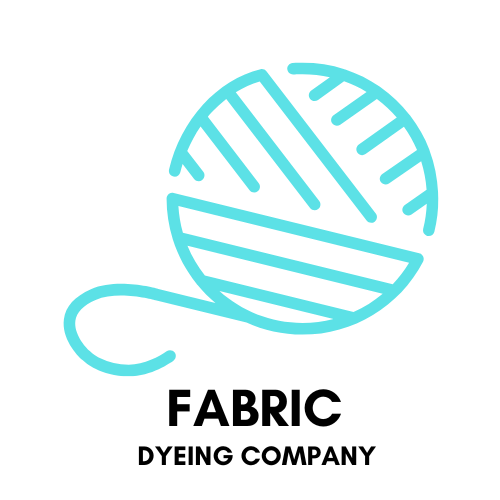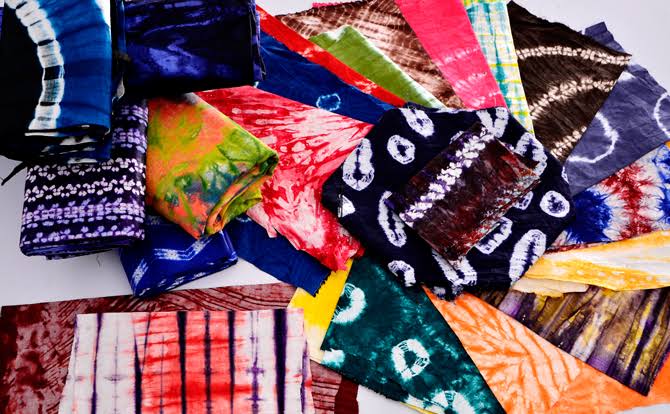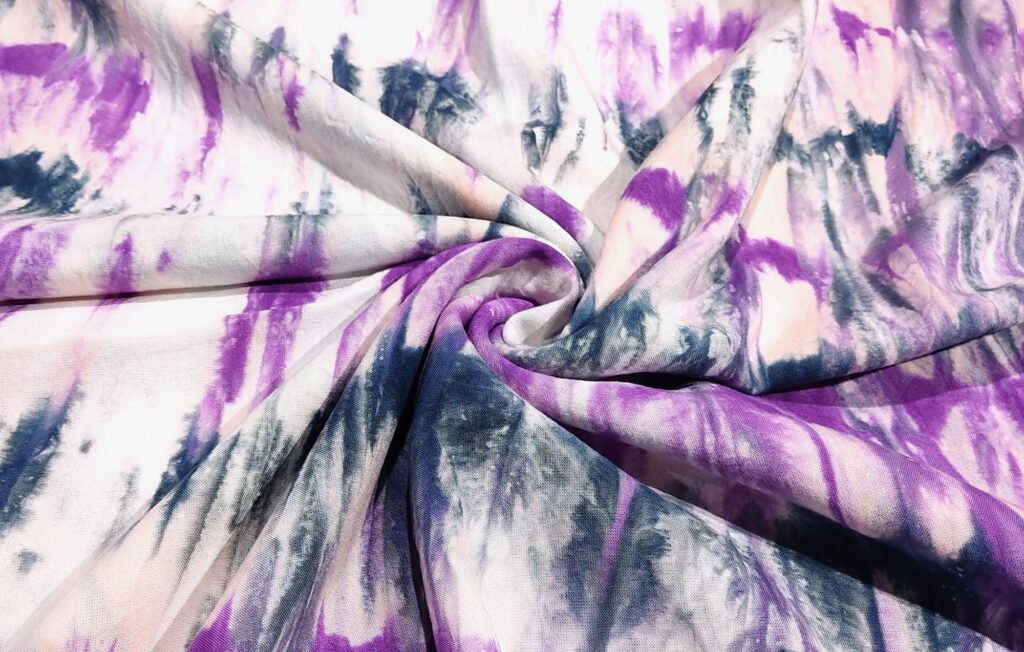Call For More Details +918209178980


A lot of processes have to be done to make the color, the best way out of which is to dye the cotton cloth in hot water and then let it cool for some time

The dyeing process of cotton fabric involves several key steps to achieve the desired color and permanence. These steps include preparing the fabric, dyeing it with the chosen dye, and then fixing the color to ensure it lasts.
1. Preparation:
- Pre-treatment: Cotton fabric often undergoes pre-treatment processes like singeing
- (removing loose fibers), desizing (removing starch), scouring (removing impurities), and bleaching (whitening).
- Mercerization: This optional step, particularly for woven fabrics, involves treating the fabric with a caustic soda solution to increase luster, dye absorption, and strength.
- Wet the fabric: Thoroughly wetting the fabric ensures even dye absorption.
- Dyeing:
- Dye selection:Choosing the right dye is crucial. Reactive dyes are commonly used for cotton due to their ability to form strong bonds with the fabric.
- Dye bath preparation:The dye is dissolved in water, often with the addition of salt (for reactive dyes) and other chemicals to aid in dye
- absorption and exhaustion (the process of dye moving from the solution to the fabric)
- Color fixation:This step is crucial for making the color permanent. It can involve heat treatment, chemical treatments, or a combination of both.
3. Post-treatment:
- Rinsing: The dyed fabric is rinsed thoroughly to remove excess dye and chemicals.
- Washing: The fabric is washed with detergent, often with the addition of salt to help prevent bleeding (color transfer).
- Drying: The fabric is dried, either by air drying or machine drying.
4. Finishing (Optional):
- Calendering: Smoothing and pressing the fabric to enhance its appearance.
- Other finishes: Depending on the desired properties, the fabric can be treated with various finishes for wrinkle resistance, stain resistance, etc.

Leave a Reply